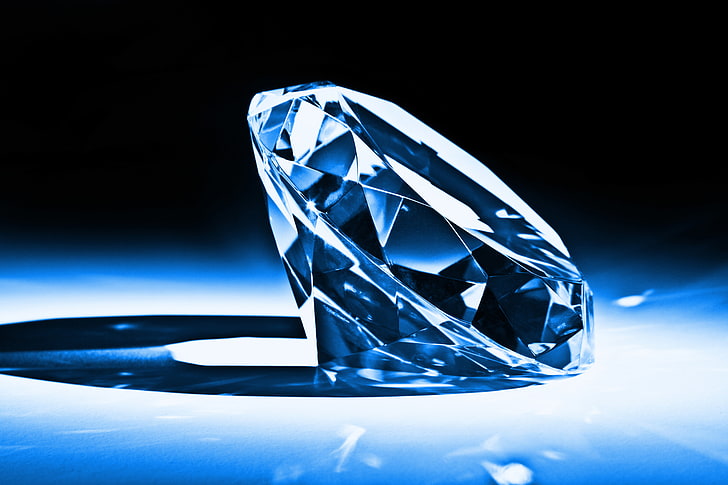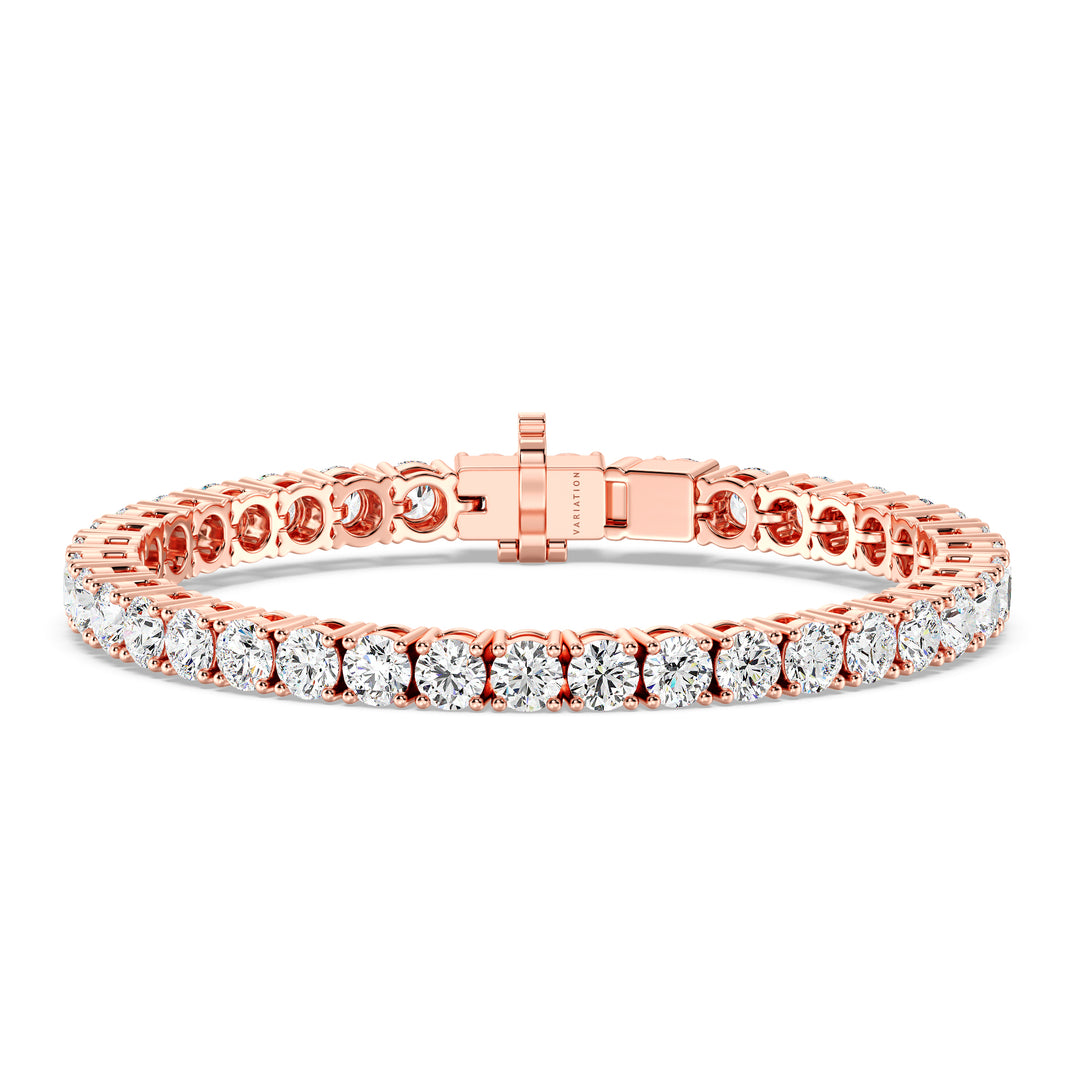Introduction to Diamond Shapes and Cuts
Diamonds have captivated humans for centuries, symbolizing love, commitment, and luxury. But when it comes to choosing a diamond, one of the most important decisions you’ll face is selecting the right shape and cut. Though many people use the terms “shape” and “cut” interchangeably, they refer to different things in the world of diamonds. Understanding these two factors can help you make an informed decision and find the diamond that suits both your style and budget.
What is the Difference Between Diamond Shape and Cut?
The terms “shape” and “cut” are often used interchangeably, but they actually refer to different aspects of a diamond. Here’s a breakdown of what each term means:
Defining Diamond Shape
The shape of a diamond refers to its physical form or outline, which is seen from the top of the stone. Shapes can vary widely, from the classic round shape to more unique forms like marquise or heart. The shape is typically a matter of personal preference and style.
Understanding Diamond Cut
The cut of a diamond, on the other hand, refers to how the diamond has been faceted and shaped from the rough stone to its final polished state. The cut influences how well the diamond reflects light, which affects its brilliance and sparkle. A well-cut diamond maximizes its light performance, making it appear more dazzling.
Popular Diamond Shapes
Now that we’ve cleared up the distinction between shape and cut, let’s dive into the most popular diamond shapes and cuts. Each shape brings its own personality to a diamond, and finding the right one for you is about considering both aesthetics and practicality.
Round Cut: The Timeless Classic
The round cut is by far the most popular and timeless of all diamond shapes. It has 58 facets and is cut to maximize brilliance and fire, making it a favorite choice for engagement rings. The round shape is versatile and looks stunning in nearly any setting, from solitaires to halo designs.
Princess Cut: The Bold and Brilliant Shape
The princess cut is square or rectangular with pointed corners, offering a modern and bold look. Known for its sparkle, the princess cut is one of the most popular shapes after the round. Its sharp, geometric shape appeals to those who want a more contemporary diamond.
Cushion Cut: Vintage Charm with Modern Appeal
The cushion cut combines a square or rectangular shape with rounded corners, giving it a soft, pillow-like appearance. This shape has a vintage feel and has been around for centuries, making a comeback in recent years due to its unique combination of classic and modern appeal.
Emerald Cut: Sophisticated Elegance
The emerald cut is characterized by its step facets and a large, open table. Unlike the round and princess cuts, it doesn’t rely on sparkle but instead showcases the diamond’s clarity and depth. It’s a sophisticated, elegant cut that’s often chosen for its timeless, refined style.
Oval Cut: The Perfect Balance of Length and Sparkle
The oval cut is a beautiful fusion of the round and marquise cuts. It has an elongated shape that gives the illusion of a larger diamond while still offering a high level of brilliance. This shape is ideal for those looking for a unique twist on the traditional round cut.
Marquise Cut: The Shape of Royalty
The marquise cut is an elongated, football-shaped diamond with pointed ends. Known for its regal and dramatic appearance, the marquise cut can make a diamond look larger than its actual carat weight. It’s a shape that exudes elegance and sophistication, often favored for its boldness.
Pear Cut: The Teardrop of Beauty
The pear cut is a hybrid between the oval and marquise shapes, forming a teardrop or droplet shape. The pear cut is especially popular in pendants and drop earrings, as it offers a unique look with a lot of brilliance and sparkle.
Asscher Cut: The Square Emerald Cut
The Asscher cut is similar to the emerald cut but with a square shape and deeper facets. This cut offers a vintage-inspired feel with its bold and geometric lines, making it ideal for those who appreciate symmetry and timeless elegance.
Radiant Cut: A Dazzling Hybrid
The radiant cut combines the elegance of the emerald cut with the sparkle of the round cut. It features cropped corners and brilliant facets, giving it a dazzling look from every angle. This shape is popular for those who want the best of both worlds: elegance and brilliance.
Heart Cut: Love in Every Facet
The heart cut is the ultimate symbol of love, often used for pendants or engagement rings. This romantic shape requires precise cutting to ensure symmetry, and when done right, it displays an impressive amount of sparkle.
Understanding Diamond Cut Quality
Now that we’ve covered the various shapes, let’s explore how the cut of a diamond impacts its overall appearance. The cut is arguably the most important factor influencing a diamond’s brilliance and fire.
Why Cut Affects a Diamond’s Brilliance
A well-cut diamond reflects light in a way that maximizes its brilliance, which is the sparkle you see when the diamond catches the light. The proportions, symmetry, and angles of the cut all play a role in how well the diamond interacts with light. A poor cut, on the other hand, can make a diamond look dull or lifeless, no matter how high its color or clarity grade may be.
The Four Cs: Cut, Color, Clarity, and Carat Weight
The cut is one of the Four Cs of diamond grading, along with color, clarity, and carat weight. While the other Cs focus on the inherent qualities of the diamond, the cut affects how well those qualities are showcased.
The Importance of Symmetry, Proportions, and Polish
The quality of a diamond’s cut is determined by several factors, including symmetry, proportions, and polish.
Symmetry: How the Diamond’s Facets Align
Symmetry refers to how well the diamond’s facets align with one another. Poor symmetry can result in a less brilliant diamond because light is not reflected evenly across the stone.
Proportions: The Right Balance for Maximum Light Performance
Proportions refer to the angles and measurements of the diamond. When a diamond’s proportions are ideal, it reflects light properly, enhancing its brilliance. A poorly proportioned diamond will allow light to escape from the sides or bottom, reducing its sparkle.
Polish: The Final Step in Diamond Quality
The polish refers to the smoothness of the diamond’s surface. A well-polished diamond will have a smooth, reflective surface that enhances its brilliance. A poor polish can lead to visible blemishes or imperfections on the surface, impacting the overall appearance of the diamond.
How to Choose the Right Diamond Shape and Cut for You
Choosing the right shape and cut comes down to personal style, as well as practical considerations like budget and finger size. Here are some tips to help you choose:
Consider Your Personal Style and Preference
The shape of your diamond says a lot about your personality. For instance, if you love classic elegance, a round or cushion cut may appeal to you. If you’re looking for something bold and modern, the princess or radiant cut might be a better fit.
Matching the Right Shape with the Setting
Certain shapes pair better with certain settings. For example, a round cut diamond is versatile and works well with nearly any setting, while a marquise cut might be best suited for an elongated or vintage-style setting. Consider the overall look you’re aiming for when choosing both the diamond and the setting.
How Diamond Shape Affects the Price
The price of a diamond can be influenced by both its shape and cut. Here’s how:
Why Round Cuts Are More Expensive
The round cut is the most expensive because it requires the most amount of raw material and labor to produce. Additionally, the round shape maximizes brilliance, which is highly sought after in lab grown diamonds.
The Value of Less Common Shapes
Less common shapes like marquise or oval cuts can offer a more affordable alternative while still providing a stunning appearance. These shapes tend to have lower per-carat prices because they are less popular, but they still showcase brilliance and fire.
The Latest Trends in Diamond Shapes and Cuts
Vintage-Inspired Shapes
Many people are drawn to vintage-inspired shapes, such as the cushion and Asscher cuts. These shapes offer a timeless look that resonates with those who appreciate history and nostalgia.
Modern, Minimalist Cuts
On the flip side, many people are opting for modern and minimalist cuts, such as the radiant or princess cut. These shapes tend to offer a sleek, contemporary look that complements today’s fashion-forward styles.
Lab-Grown Diamonds and Shape Customization
Lab-grown diamonds are allowing for more customization in terms of shape and cut, giving consumers greater flexibility to choose a unique diamond that fits their preferences and budget.
Conclusion: Choosing the Perfect Diamond Shape and Cut
Choosing the right diamond shape and cut is a personal journey, one that balances your style, budget, and preferences. Whether you’re drawn to the classic brilliance of a round cut or the elegant sophistication of an emerald cut, understanding the difference between diamond shapes and cuts will help you make a choice that will last a lifetime. Keep in mind that the cut of the diamond is what truly enhances its sparkle, while the shape reflects your individuality.




